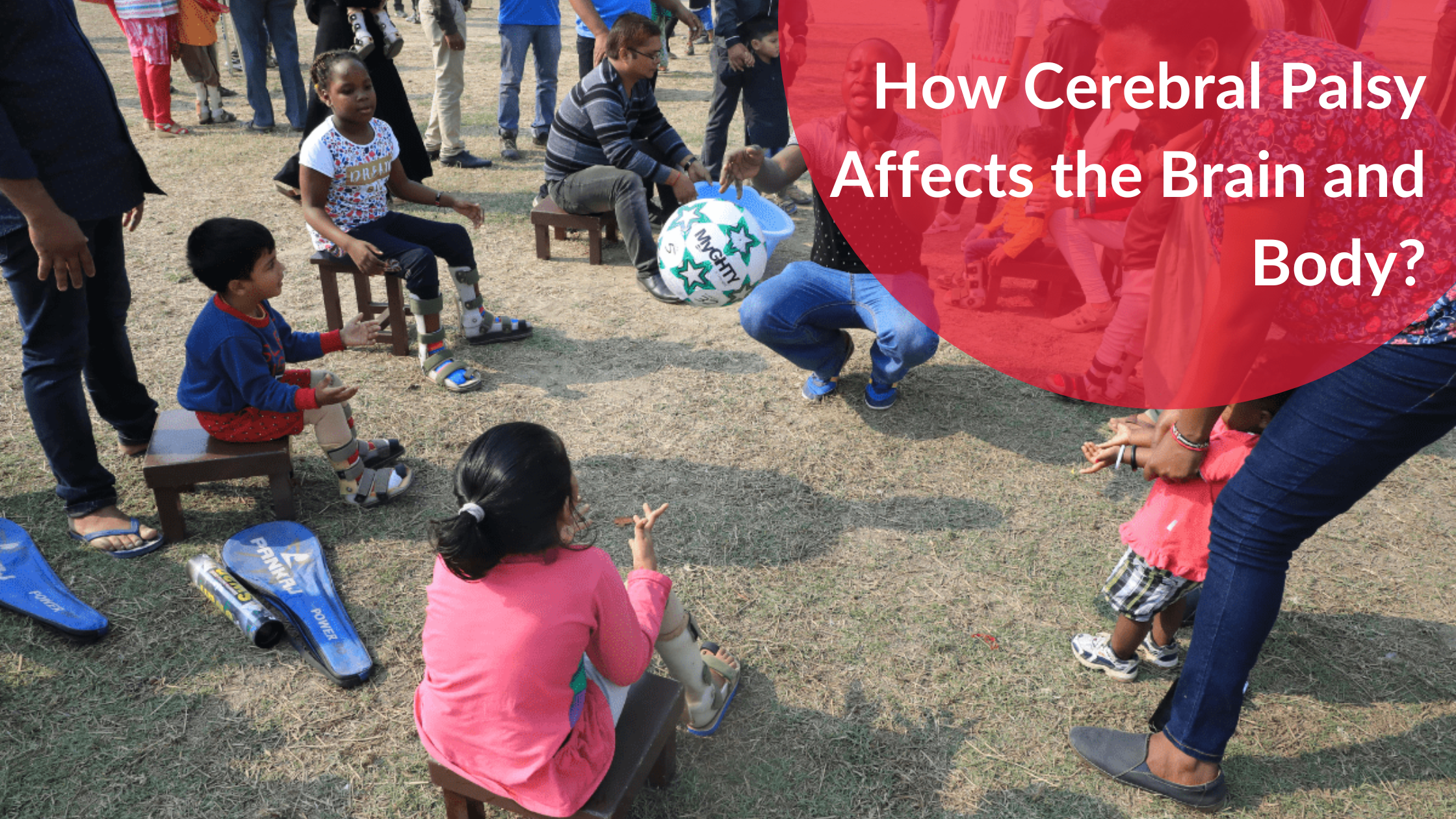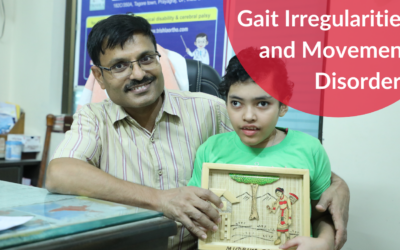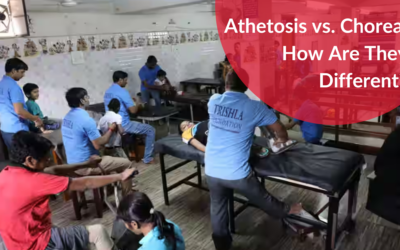Cerebral palsy is a medical condition that impacts the brain and the body both. It happen because of insult to cerebral motor cortex, which is the part of the brain responsible for controlling muscle movements. This brain damage can significantly impact the body in making movement, eye coordination, swallowing, and many other daily activities. Problem became a lot more complicated when the child has Quadriplegic Spastic cerebral palsy.
Cerebral Palsy and The Brain
Cerebral palsy results from damage to the brain, specifically the part of the brain responsible for controlling movement. Other part of brain damage can lead to problem in developmental mile stone, swallowing, mobility, hearing and eye movement.
PVL
It is a condition in which damage to the brain’s white matter occurs, known as periventricular leukomalacia. PVL can directly impact movement, vision problems, and muscles tightness. PVL can also be associated with developmental delays.
Intracranial Haemorrhage
When bleeding in the brain, it is known as intracranial hemorrhage. This happens when there is a rupture of blood vessel. This condition can result in a fatal stroke. It is a severe situation, and medical assistance is always required as soon as possible.
The severity of intracranial hemorrhage depends entirely on the amount of bleeding and the extent of the brain tissue affected. A grading system consisting of Grades I through IV is generally used to determine the seriousness of the bleeding.
Seizures are also associated with intracranial hemorrhage.
Asphyxia
This is a condition wherein there is a lack of oxygen in the brain. It can happen while the baby is still in the uterus or during the childbirth process when there is a prolonged loss of oxygen. This can result in hypoxic ischemia encephalopathy, which is a medical issue marked by damaged cerebral motor cortex tissue and other parts of the brain.
How does cerebral palsy affect the body?
The body part that is affected by cerebral palsy and the severity of its effect depends entirely on the type of cerebral palsy, like spastic diplegic cerebral palsy, and other factors.
Quadriplegia
When the child has spastic quadriplegia cerebral palsy, then all of the four limbs will be affected. It is also known as spastic quadriplegia. It is a subset of spastic cerebral palsy, which is the most severe form of the condition. The children suffering from the same will have mouth issues and even difficulty with swallowing. They can even have problems dealing with bladder and bowel control. In some of the severe cases, the children suffering from this condition cannot wolk or talk and may even develop limb deformities.
Spastic Diplegia
Spastic diplegia is a subset of spastic cerebral palsy which is marked by issues in the limbs, specifically in the legs. Spasticity in the legs can lead to stiff, jerky movements and hypertonia, along with muscle weakness and stiffness in the limbs. The children suffering from spastic diplegic cerebral palsy also tend to stand and walk on their toes. They can even have problems with balance, eye crossing, and delayed milestones.
In this case, due to stiffness and tight muscles, some children with spastic diplegia will also walk with a scissor gait. In this case, the legs will turn inward, and the knees will close together or cross. In extreme cases, the children may not be able to walk at all.
Although the legs are more likely to have issues, some of the children with spastic diplegia will also have problems with the upper body, depending on the severity of the disorder. In the case of mild spastic diplegia, children can typically have good muscle tone and a great range of motion.
Spastic hemiplegia
This disorder is a subset of spastic hemiplegic cerebral palsy which impacts one side of the body. Spastic hemiplegia generally causes spasticity and muscle stiffness in one side of body including arm hand & leg. Muscle stiffness on the affected side can cause children to walk on their toes and have clenched fists.
Children with spastic hemiplegia sometimes can even develop hip and knee problem. Further, the affected leg and arm may be shorter than the unaffected limbs. Adding to it, there is also a low risk of seizures and overall motor difficulties.
Dyskinetic cerebral palsy
In dyskinetic cerebral palsy, the subsets include dystonic, choreoathetosis, and athetoid cerebral palsy. This form of cerebral palsy affects the feet, arms, hands, and legs. Children suffering from this disorder may exhibit writhing and slow movements.
Involuntary limb movements are common here and can generally occur more frequently when the child is stressed, anxious, or tired.
Some children suffering from the condition will only have affected limbs on one side of the body. In contrast, the others will experience it in all limbs. At the same time, others can even have issues with neck muscles and involuntary neck twisting or tilting.
In some cases, the children have overall issues that are pretty standard and affect both speech and swallowing.
Ataxic cerebral palsy
This form of cerebral palsy can affect any part of the child’s body. For instance, Ataxic cerebral palsy can impact the mouth, eyes, arms, fingers, legs, and toes. Children suffering from the condition will struggle with depth perception and have difficulty with precise movements and fine motor skills. They will also be prone to falling due to shaking in the lower limbs. They will often walk with their legs spread further apart than usual.
Ataxic cerebral palsy also affects the mouth, which can cause difficulty swallowing and the possibility of scanning speech.
A monotone tone and unusual pauses between speed syllables mark speech problems here.
Conclusion
Children who have cerebral palsy, can have significant challenges in their life. The damage to the brain causes substantial physical disabilities, which can often make it harder to get around, even within the home. So, if you wish to get started with the treatment, you can rely on the Trishla Foundation experts. They have a team of experienced professionals who can handle the condition correctly and ensure your child gets proper treatment and assistance.







